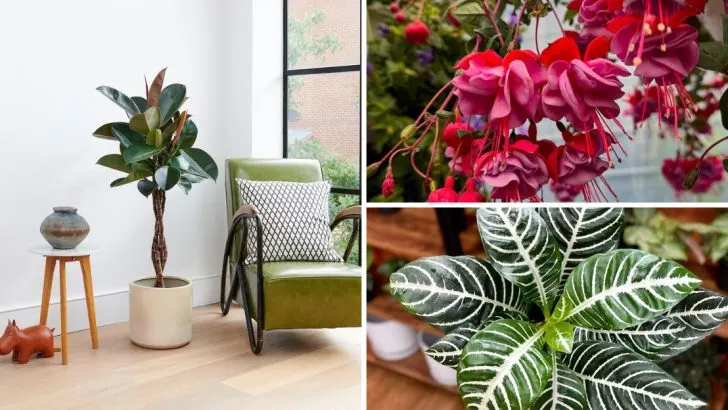The 1960s was a time of botanical experimentation and style, with homeowners embracing a wide range of plants to fill their homes and gardens.
Many varieties that were once common in gardens and living rooms have since faded from popularity, replaced by more modern favorites. Yet, some of these vintage plants still carry a certain charm and nostalgia that’s worth revisiting.
In this article, we’ll explore twelve plants that everyone grew in the ’60s but are now seldom seen in contemporary gardens. From quirky houseplants to classic outdoor varieties, these forgotten gems may just inspire you to bring a piece of the past back into your own space.
Coleus
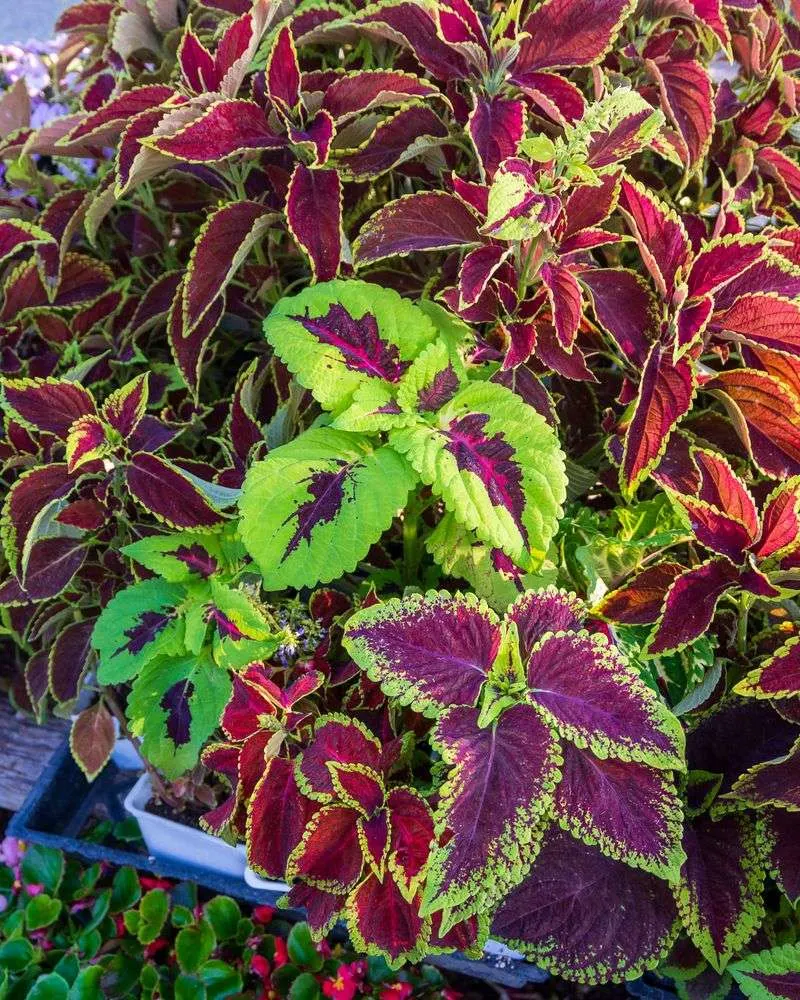
Known for its strikingly colorful foliage, Coleus was a popular choice for adding a burst of color indoors and on patios. Back in the ’60s, its low maintenance and vivid leaves made it a household favorite. However, the trend shifted towards more minimalist designs, leaving Coleus in the past.
Despite this, its ability to thrive in varied conditions makes it worth reconsidering today. If you’re looking to reintroduce brightness into your space, experimenting with this plant could be just the ticket. Its resilience and beauty are timeless, making it a candidate for a retro revival.
Spider Plant
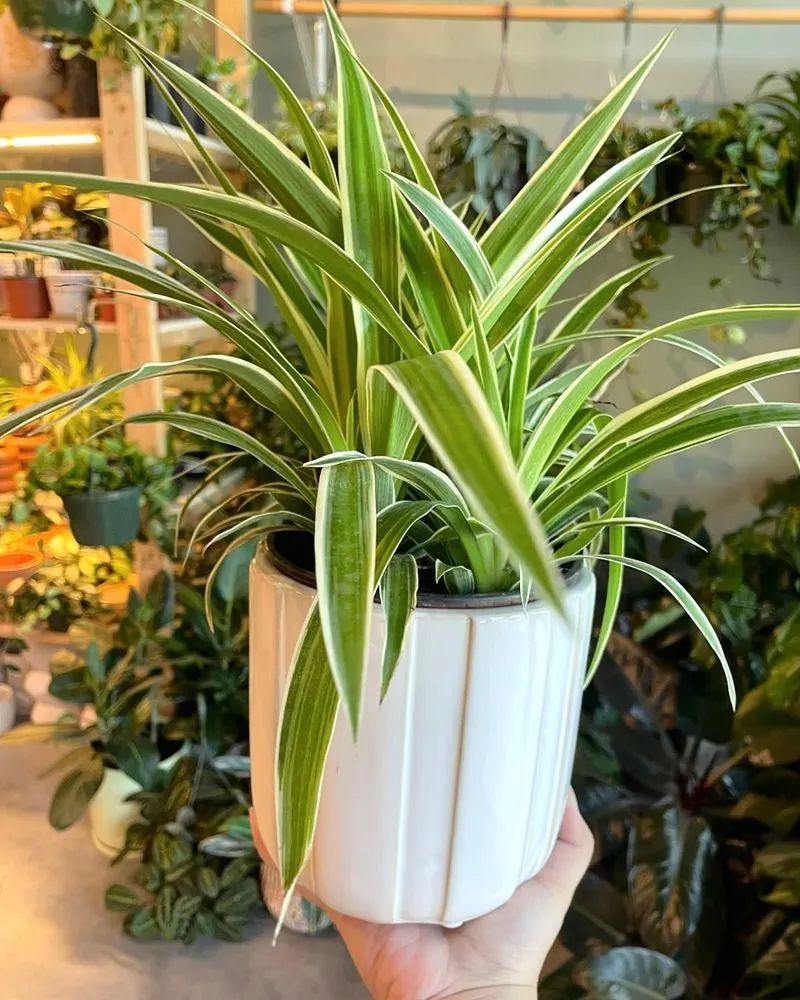
The Spider Plant, with its graceful arching leaves, was a staple in ’60s kitchens and bathrooms. Its popularity stemmed from its air-purifying qualities and ease of care. This plant’s ability to adapt to various environments made it a favorite among busy households.
Over time, as home decor evolved, it fell out of favor. Reintroducing it can be a nod to its nostalgia and practicality. Consider hanging it in a bright corner. Its cascading leaves add movement and life, reminding us why it was cherished decades ago.
Fuchsia
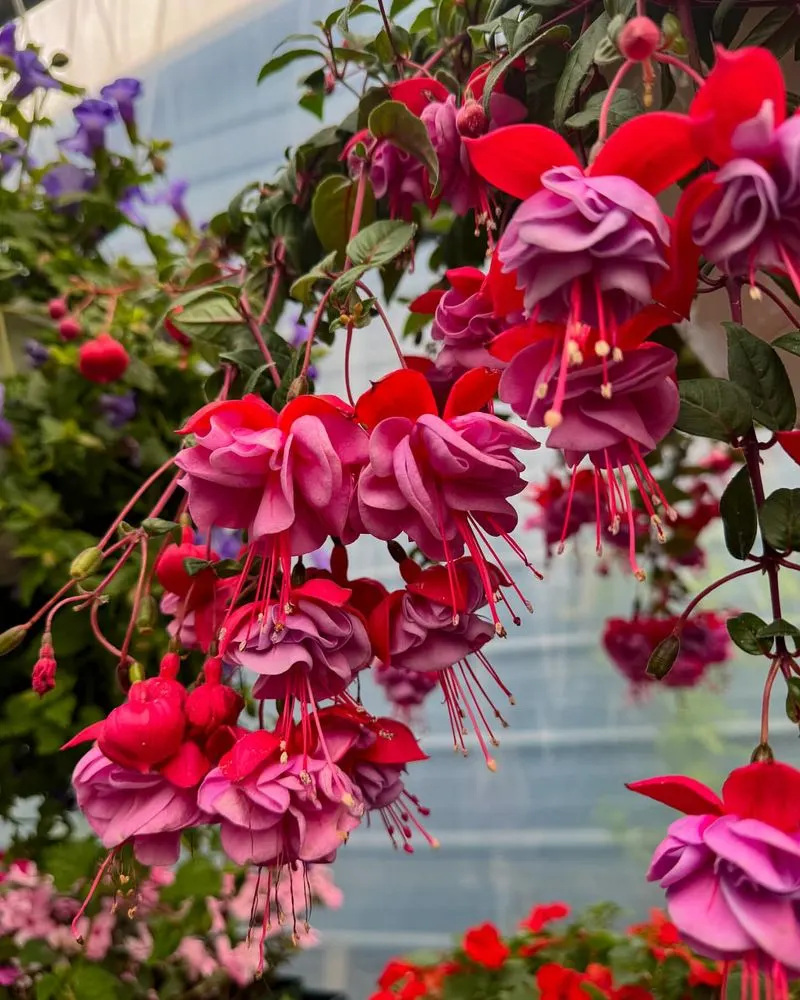
Fuchsia, with its pendulous blossoms, brought elegance to many ’60s gardens. Its striking flowers, reminiscent of ballerinas, made it a visual delight. This plant thrived in shaded areas, offering gardeners a splash of color where few others would thrive.
As gardening trends shifted, its upkeep became less appealing. Rediscovering Fuchsia can transform shaded spots into colorful retreats. By providing the right care, you can bring this vintage beauty back into the limelight of modern gardens.
Rubber Tree
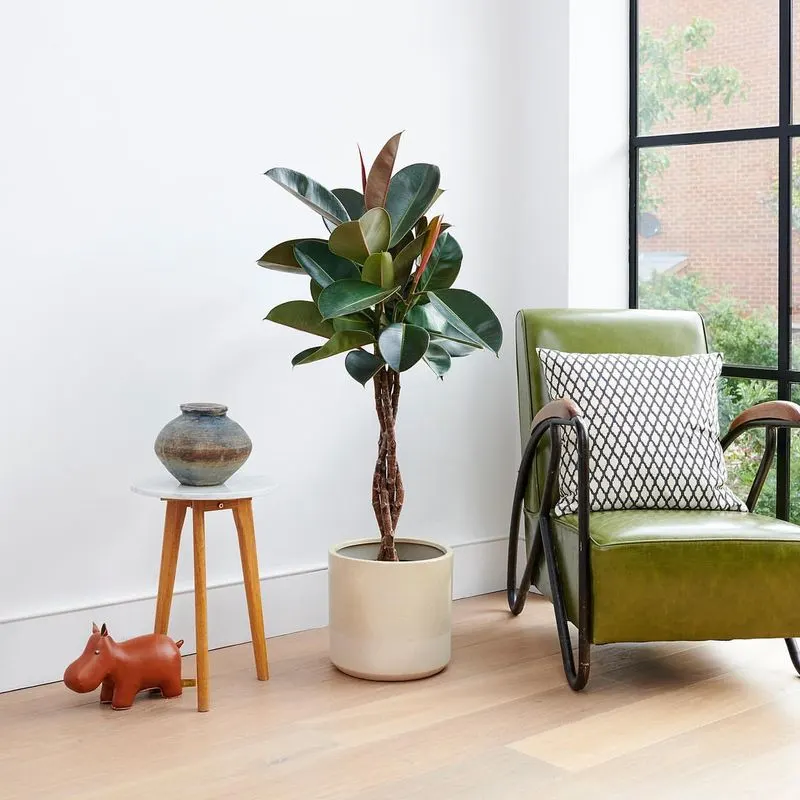
Rubber Trees were all the rage during the ’60s, valued for their glossy leaves and towering presence. They effortlessly filled large spaces, offering an exotic touch without much fuss. Over time, smaller, more compact plants gained favor, overshadowing this giant.
Reviving the Rubber Tree can add a bold statement piece to contemporary interiors. Its ability to cleanse the air and provide greenery makes it a valuable addition. For those with ample space, it’s a nod to the grandeur of yesteryears.
Begonia
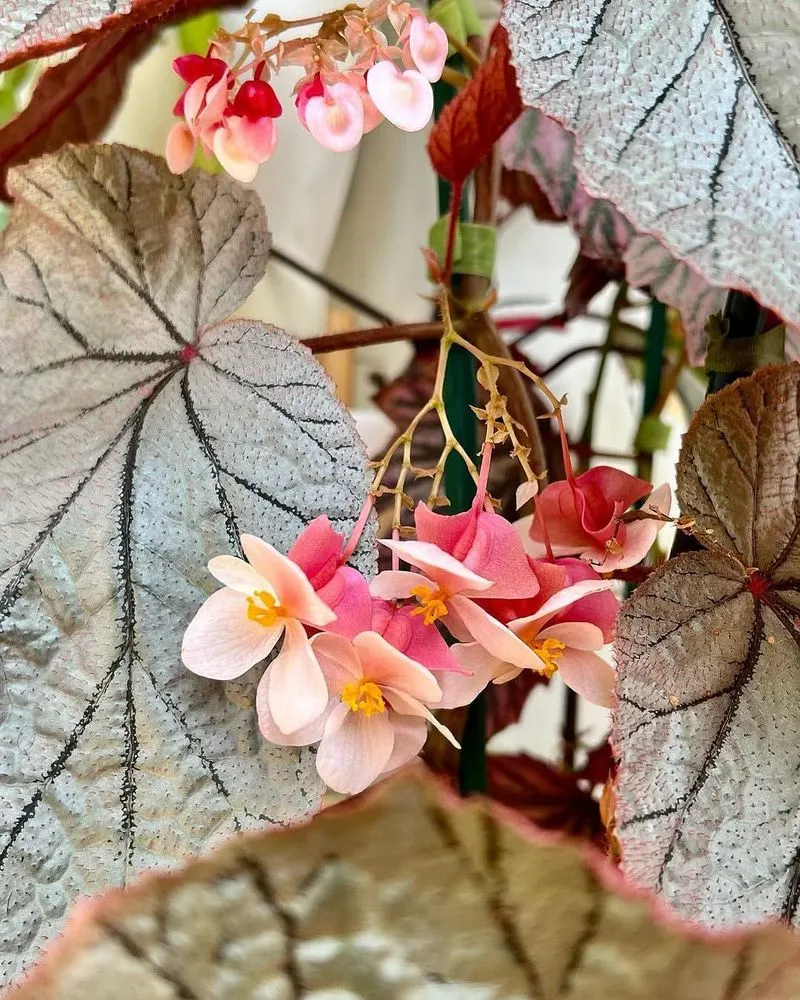
Begonias, with their strikingly patterned leaves and vibrant blooms, were a gardener’s delight in the 1960s. They offered a wide array of colors and textures, making any garden pop. However, their decline was due to increased interest in more exotic species.
Yet, their low-maintenance nature and adaptability remain unmatched. Reintroducing Begonias in your garden can offer year-round interest. Their hardy nature makes them perfect for both novice and seasoned gardeners looking to add color without fuss.
Zebra Plant
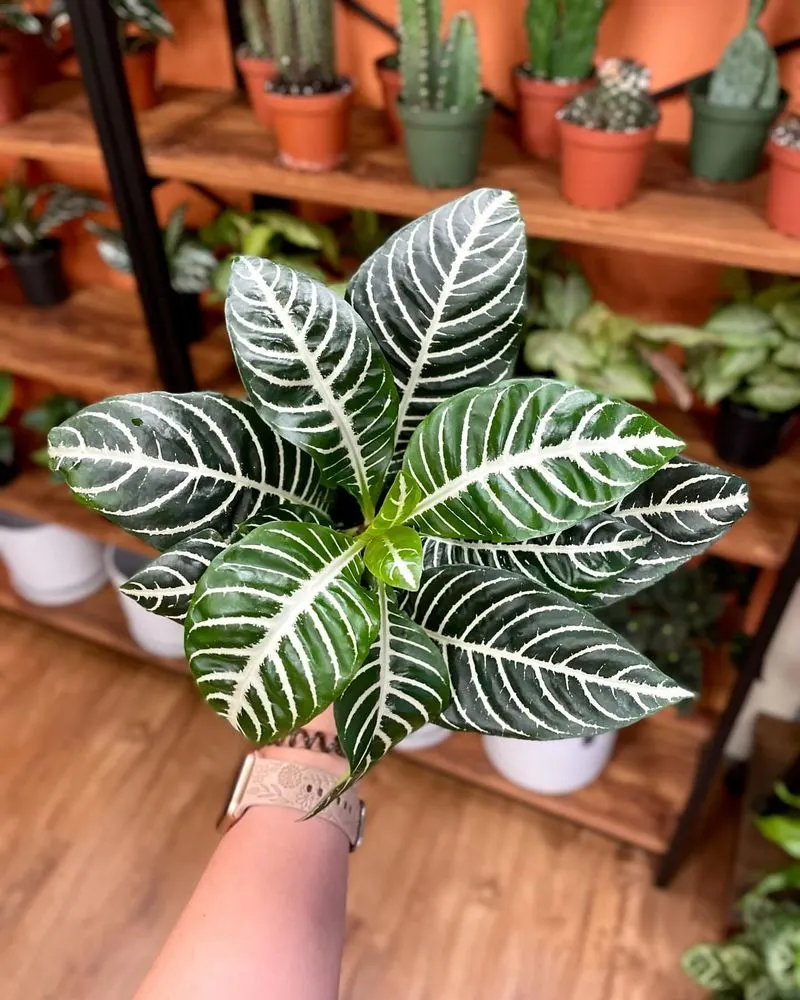
The Zebra Plant, distinguished by its striped foliage, was a common indoor plant during the ’60s. Its unique appearance made it an intriguing addition to any collection.
However, the need for precise care conditions led to its decline in popularity. By mastering its care requirements, you can enjoy its distinctive beauty in your home. The Zebra Plant thrives in humidity and indirect light, making it a stunning focal point. It serves as a reminder of the era’s adventurous plant selections.
Peace Lily
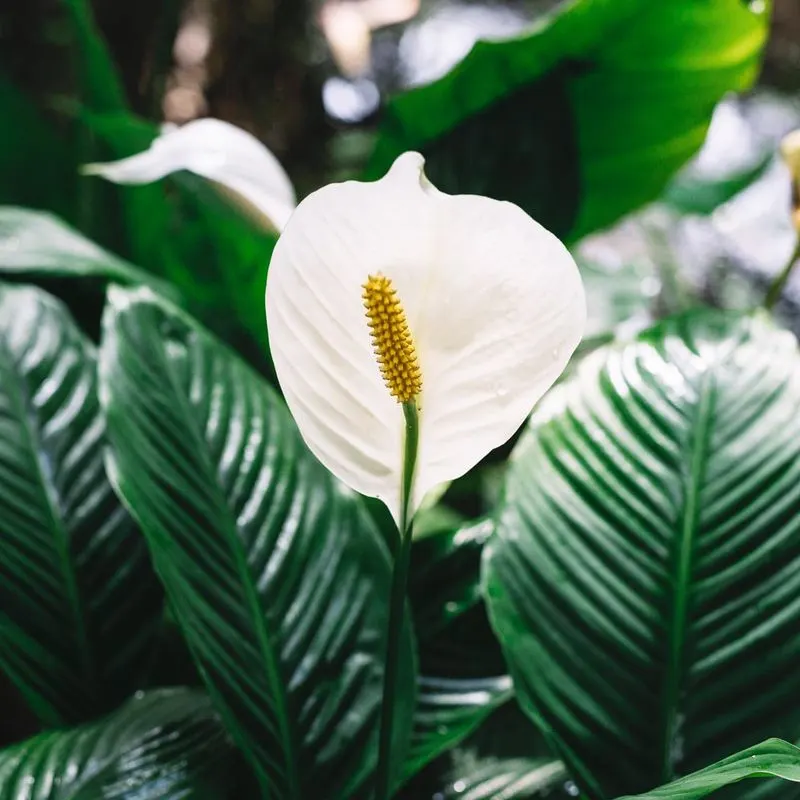
Peace Lilies brought a sense of tranquility to ’60s interiors with their elegant white blooms. They were favored for their ability to thrive in low light and their air-purifying properties.
Over time, the minimalist trend overshadowed their delicate beauty. Today, they can reintroduce serenity into modern spaces. Their ability to flourish with minimal attention makes them ideal for busy lifestyles. Placing them in your home or office can rekindle the peaceful vibe of decades past.
Creeping Jenny
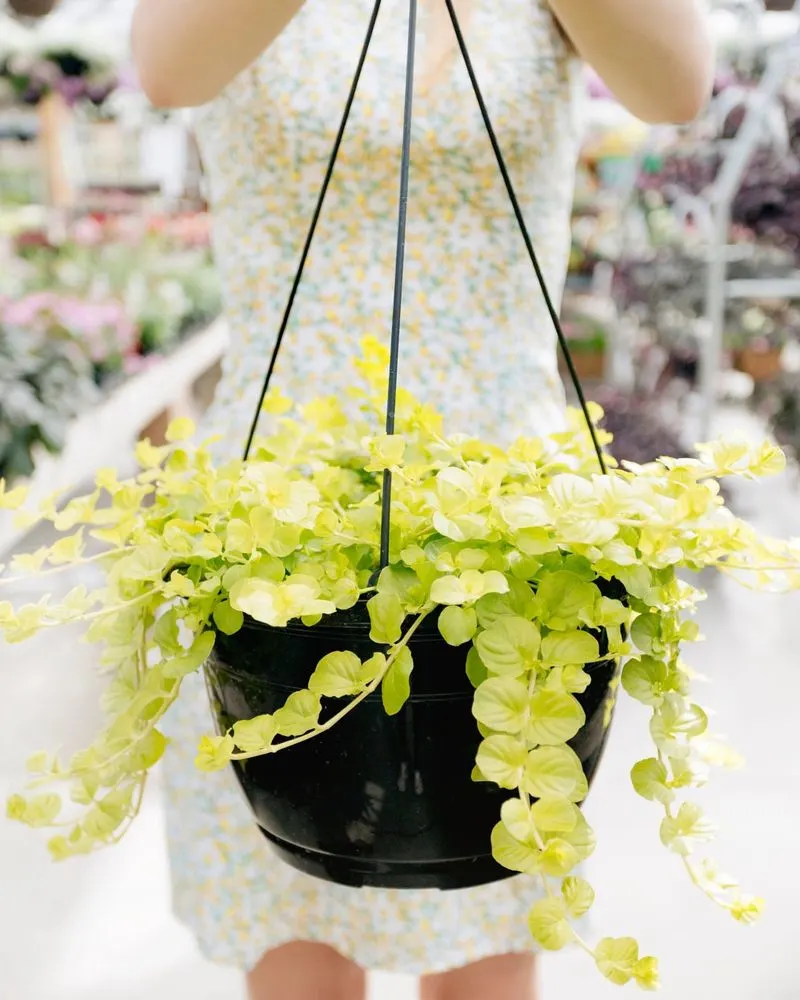
Creeping Jenny, known for its golden trailing leaves, added brightness to ’60s landscapes. Its vigorous growth made it a popular ground cover, perfect for brightening dull spots. As landscaping trends moved towards more structured designs, its wild nature became less desirable.
Yet, its resilience and color can enhance modern gardens. Incorporating Creeping Jenny in your landscape can offer a nod to its past popularity while embracing its carefree growth. It brings a touch of vintage charm and practicality.
Sweet Alyssum
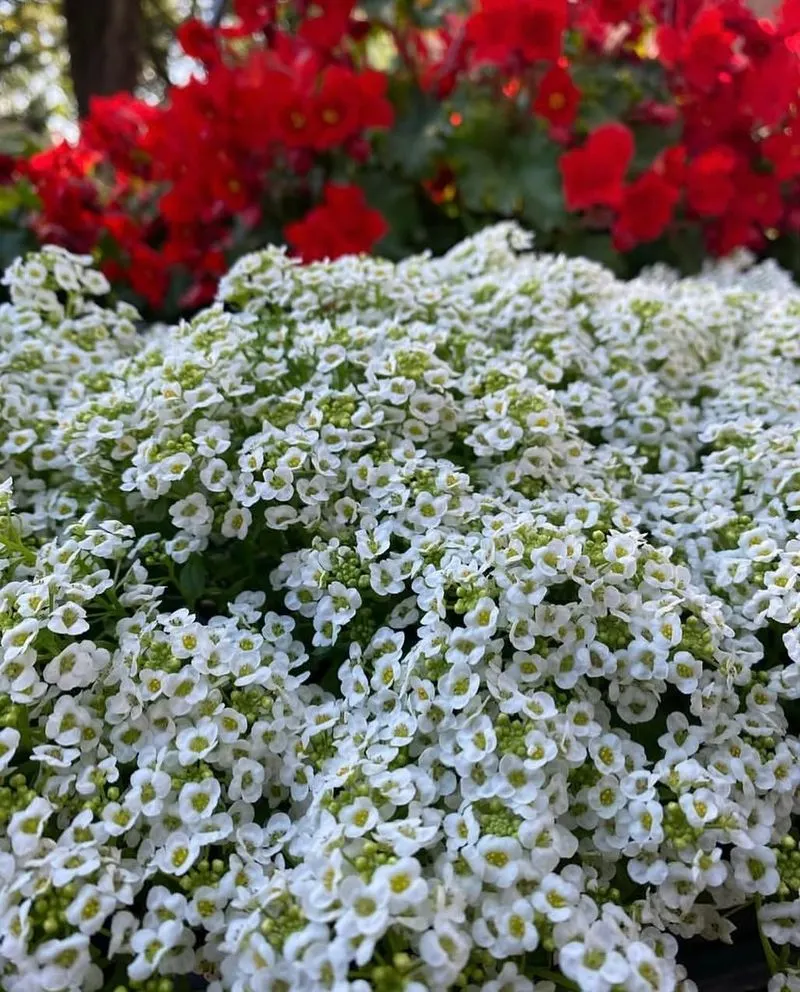
Sweet Alyssum, with its delicate white flowers, was often used as a border plant in ’60s gardens. Its sweet fragrance and ground-covering ability made it a staple in landscaping.
As preferences shifted to bolder, taller plants, Sweet Alyssum quietly faded. Reintroducing it can add a touch of nostalgia to modern gardens. It thrives in sunny spots, offering a carpet of blooms. Its subtle charm and fragrance are timeless, providing an elegant way to fill garden gaps and pathways.
Boston Fern
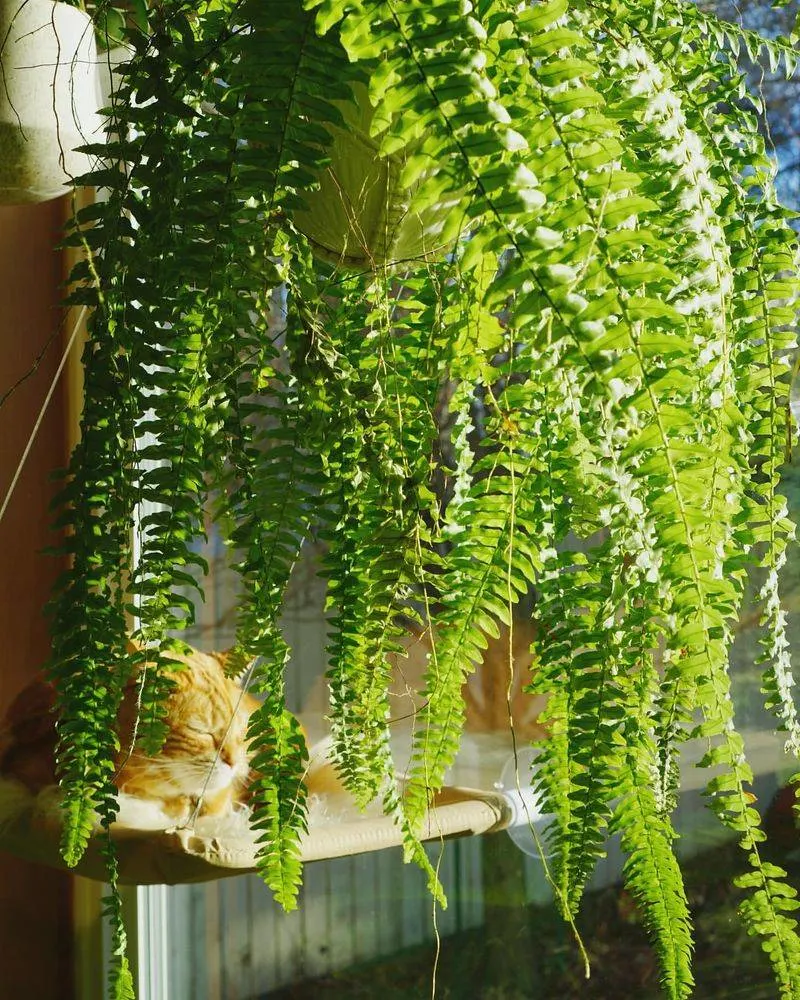
Boston Ferns were a common sight on ’60s porches and in living rooms, admired for their feathery fronds. They added a touch of softness and life to indoor spaces. Over the years, their popularity waned as homes gravitated towards lower-maintenance options.
However, revisiting the Boston Fern can bring a touch of elegance to contemporary decor. They thrive in humid environments and indirect light, making them suitable for bathrooms and bright kitchens. Their gentle presence is a reminder of the elegance of past interiors.
Impatiens
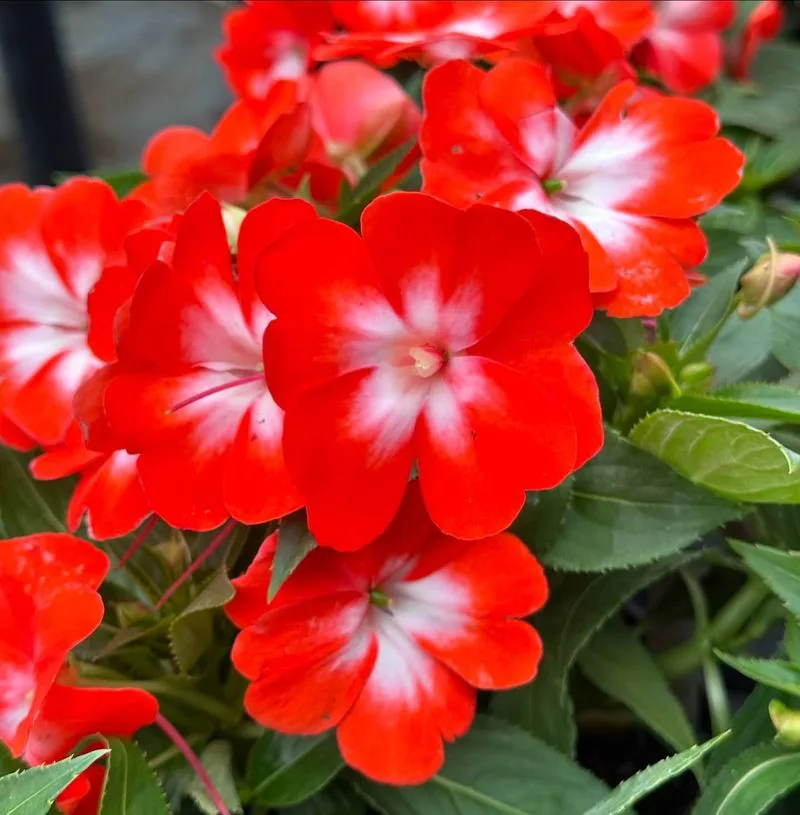
Impatiens offered vibrant splashes of color with minimal effort, making them a favorite in ’60s gardens. Their ability to bloom in shaded areas added to their appeal. However, their susceptibility to disease led to their decline. With proper care, they can once again become a garden staple.
Reintroducing Impatiens can brighten shaded corners and offer continuous color throughout the growing season. Their cheerful blooms are a testament to the era’s love for easy, yet impactful gardening solutions.
Wandering Jew
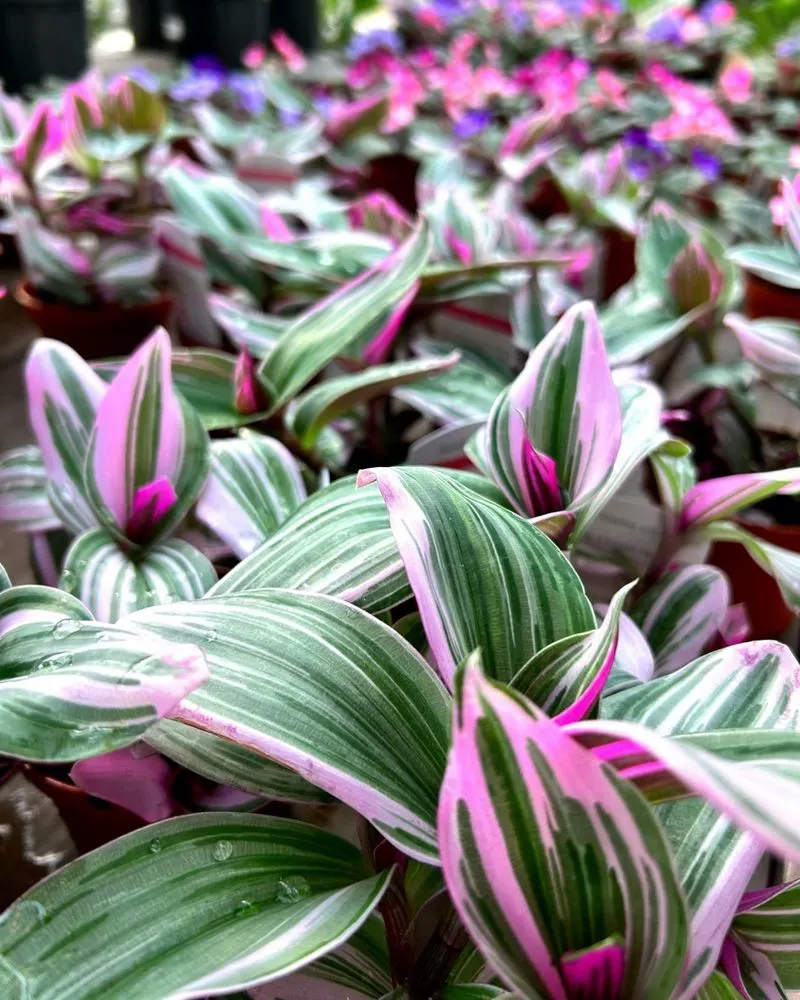
The Wandering Jew, with its striking purple and green foliage, adorned many ’60s sunrooms. Its robust growth and minimal care needs made it an ideal choice.
Over time, newer plants overshadowed its unique beauty. Bringing back the Wandering Jew can add a vintage touch to modern interiors. It thrives in indirect light and can be used in hanging baskets or as a trailing plant. Its distinctive appearance offers a visual intrigue, connecting us to the adventurous plant selections of the past.

